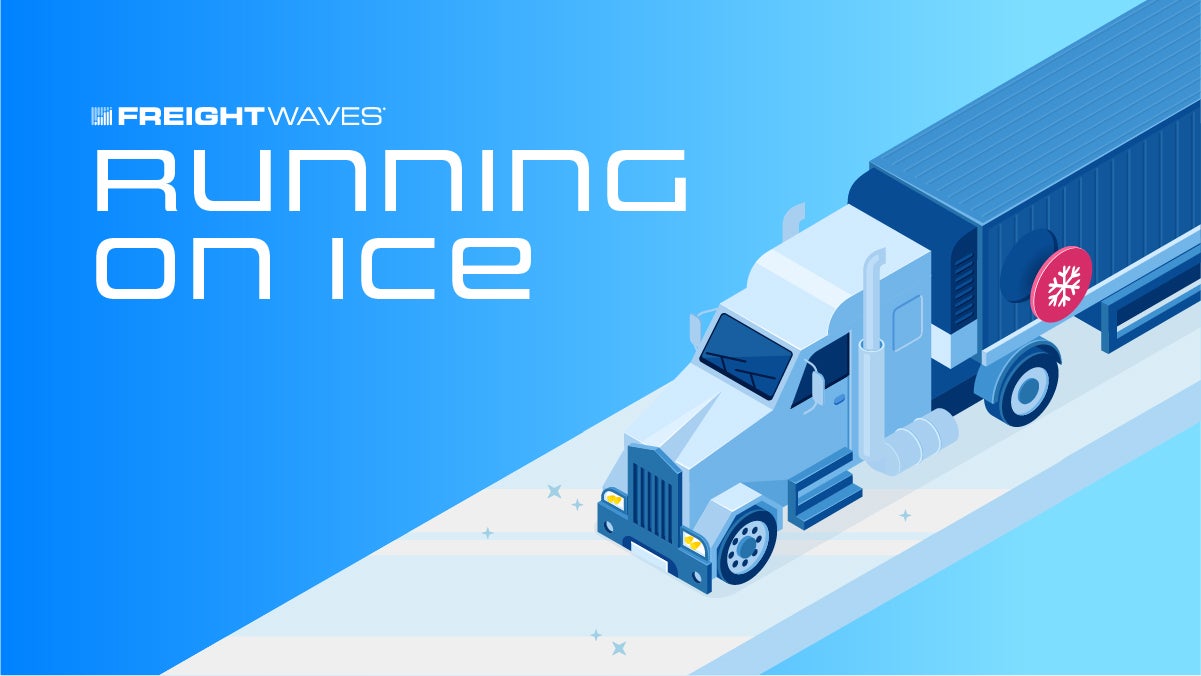All thawed out
The market for food is one of the U.S.’s largest industries, with revenue amounting to over $1 trillion. But errors in the supply chain create an alarming amount of food waste. According to ReFed, “last year, 88.7 million tons of food went unsold or uneaten in the United States – roughly 38% of the country’s total food supply. The vast majority of this – nearly 78 million tons of food – became food waste, meaning it failed to make it back into the human food supply chain.”
According to Food Engineering Magazine, “Consumers are blamed for wasting as much as 37% of the food in the American supply chain.”
Given that there is already significant food scarcity in the country, having so much lost or unavailable for consumption isn’t the best feeling. Not only does food waste prevention lower greenhouse gas emissions, but it also helps feed people who otherwise could go hungry.
A McKinsey & Co. report, “Reducing food loss: What grocery retailers and manufacturers can do”, cited an example of loss just among 100 tomatoes. “Field-grown tomatoes were tracked from farm to the retailer. Starting with 100 tomatoes ready for harvest, only 73 to 81 survive the harvest operation. Next, one or two tomatoes are lost on their way to handling and grading. After handling and grading, 67 to 77 tomatoes survive and go on to processing and packaging. Finally, only 59 to 72 tomatoes make it to the retailer. At this point some tomatoes will not be sold — either due to visual appearance or quickly approaching sell-by dates.”
That 30%-40% again pops up as waste throughout the supply chain. Whether it’s improper reefer temperatures, storage, poor inventory management, the causes of losses here and there are endless.
What solutions can resolve that very clear and present issue? Let’s get into it.
McKinsey’s research found four areas to curb losses, which could help reduce upstream loss by 50% to 70%: Minimize production and processing loss, minimize transit loss, sell more of what is produced and processed, and structurally prevent loss.
The study presented solutions to problems big and small.
- Strong visibility tools so shippers know exactly what temperature products are at, as well as what produce can be mixed together and what cannot. For example, putting bananas and avocados on the same truck is a bad idea because each can cause the other to ripen a lot faster.
- Inventory management in the warehouse. Knowing where goods are, what status they’re in and what goods are being stored around them matters. Strong inventory management can help prevent spoiling of produce that needs to get out at a certain time. That means adjusting from the first-in, first-out policy to what absolutely needs to go to avoid spoilage.
- Diverting goods. If a grocer has high expectations for deliveries and over half the produce will not meet the grocer’s quality requirements (for example, ugly produce), the unattractive but still edible food can be diverted to food shelters or other organizations so it can be donated to those in need.
Most importantly, though, there needs to be a conversation around reframing what food loss is and what it means. Since there is a fair amount of food loss at the farm level, there has to be buy-in from all in the organization to make reduction of waste a priority. Food loss needs to be seen as a result of inefficiencies and missed opportunities across production, procurement, R&D, the supply chain and sales. Therefore, reducing food loss should be seen as a potential value — an opportunity to improve both the top and bottom lines.
No one wants to bank on 30%-40% of product going to waste. Everything from little changes all the way up to switching suppliers and vendors can make a difference to increase revenue and get more people fed.
Cold chain lanes
This week’s SONAR chart takes a look at wait times across 16 industries that make up the majority of industries in the U.S. and how many minutes, on average, a truck spends at a shipper or receiver location for loading and unloading. This includes distribution centers, seaports, airport air cargo facilities, railroad classification yards and intermodal ramps. Averages are compared month to month.
The industries in green have seen increases in wait times, while the ones in red have seen wait times drop. Most notably, automobile manufacturers have seen the largest decrease in wait times. Average waits there are 98 minutes, so a little over an hour and a half. The biggest increase came in computers and electronic retail. Its wait time shot up 41.3%, for over two hours of waiting for drivers.
Is SONAR for you? Check it out with a demo!
Shelf life
FDA Revokes Standards of Identity for Frozen Cherry Pie
Kirkland advises I Squared Capital on acquisition of WOW Logistics
Oreo announces 3 new frozen treats for St. Patrick’s Day
Agile Cold Storage to build $45.9M facility in Pearl River, Louisiana
Wanna chat in the cooler? Shoot me an email with comments, questions or story ideas at moconnell@freightwaves.com.
See you on the internet.
Mary
If this newsletter was forwarded to you, you must be pretty chill. Join the coolest community in freight and subscribe for more at freightwaves.com/subscribe.
